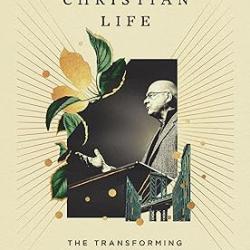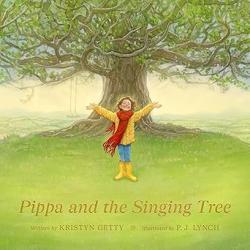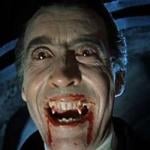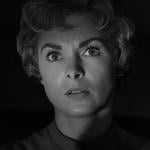Review of Sleepy Hollow Episode 9
So far, it would be easier to list the things we haven’t seen in Sleepy Hollow than the things we have. What more could they possibly add to the 9th episode of this crazy show? A lot, it turns out. This week we see Ichabod wearing his cranky pants because he can’t spend time with his wife (what with her being caught in Purgatory and all) while everyone else enjoys the holidays. Fortunately, we all get treated to a trip down memory lane as Ichabod and Abbie visit a house where the Cranes once cavorted with the rich, famous, and patriotic. Today however, the house is haunted by what appears to be a malevolent ent with less than friendly intentions. On the other hand, the house may hold the answers to everything that happened to Ichabod’s wife before she was trapped in her metaphysical prison (but probably not, since the show has been cleared for another season).
A haunted house episode is a great opportunity to do something I’ve been meaning to do—reply to last week’s pagan post on sacred places.* The author writes:
Isn’t one of our shared beliefs that of the immanence of Divinity? Do we not believe that the Divine energy permeates the entire Universe, all of creation, all of the earth around us? Well, if that’s the case, then all places are sacred, not just the places we see on the cover of National Geographic or those to which the Guru of the moment is leading this year’s pilgrimage.
There’s a good point here that’s worth consideration. Though I would first suggest that the idea of a haunted house is included in this sort of statement—after all, if some physical locations are sacred in the sense meant by the pagan author, then it stands to reason that some places might be unholy in the sense that Sleepy Hollow portrays a haunted house. If there are physical locations where divinity breaks through, might there not be places where evil does the same? After all, to say that everything has an underlying spiritual reality means that we must either include evil somewhere in that “everything”, or write it off as an illusion (which not many people are willing to do in the post World War era).
So, how are we as Christians supposed to think about these ideas?
I would suggest (and I think I’m standing fairly firmly in the line of Christian thinkers here) that Christians need to have something of a mixed view of nature as a whole. On the one hand, we understand that God created nature and is sovereign over it. On the other hand, we understand that all of nature is shot through with sin, corrupt in every part and awaiting the time when it will be restored. (Romans 8:19-22) We have to hold both of these truths in our minds at the same time.** We do see the “immanence of Divinity” in creation, as the pagan writer suggests—the heavens do “declare the Glory of the Lord.” But we also see a nature that is red in tooth and claw, a place where the law of the jungle rules and where all mortal beings are always marching towards death. At exactly the same moment all of the created order is being held together by God’s power, governed by His will, and existing in open rebellion against Him.
Which I think means that at the end of the day, Christians should always be a bit skeptical of the idea of either sacred places or unholy ground. A haunted house and a blessed house are equally suspect—the former because God made everything good, and the latter because sin pervades all of creation. I don’t know that I would completely write off either (at least, no direct Biblical passage in either direction springs to mind), but I would encourage an extreme skepticism regarding any sort of absolute claim to holiness of a geographic location AND to its counterpart in the haunted house.
Which raises the question: if there are no sacred or profane places, if the whole world is a jumble of sin and grace, where can we look for hope? If nature is neither fully good nor fully evil, what are we to do? Here of course, Christians have an answer. Salvation can never come from nature, because nature (like man) is fallen. But God Himself—the Being that holds us all together and by Whom everything was made—stepped into nature, became a man in the person of Jesus Christ, lived the life that you and I should have lived, and died the death that you and I should have died. Those who believe in this good news are forgiven by and reconciled to God, and have the promise of life in a renewed creation. Until such a time as that renewed creation is brought about, the forgiven gather together in the church and act as a sort-of outpost of the redemption that is coming to nature. In the church we see as through a glass darkly (very darkly indeed!) what the restored heaven and earth will be like—a heaven and earth united by the forgiveness and love shown in Christ to those who call on His name. All of nature groans and longs for the day when that promise will be made reality, and until then we must resist the temptation to rely on nature for our salvation.
*Of course, Sleepy Hollow is probably not the ideal work to use for a philosophical or theological response. A better one, and one I might review down the road, is Jonathan Edwards’ Original Sin.And, until that time, we can enjoy shows like Sleepy Hollow and the good opportunities for reflection and conversation they afford.
**And while doing so, we have to avoid the dual dangers of Manicheanism and Gnosticism. No easy task!
Dr. Coyle Neal is Assistant Professor of Political Science at Southwest Baptist University.












